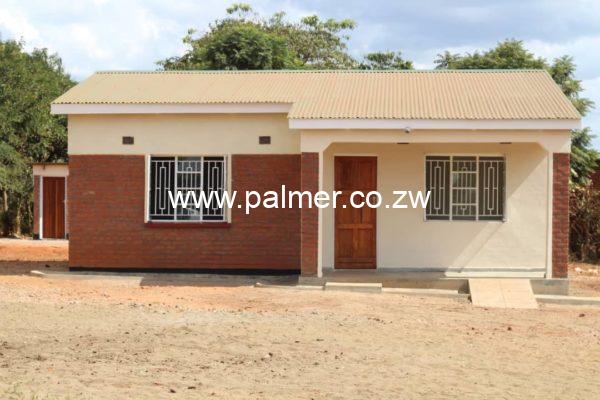
Cast-in-place concrete can be economically feasible. Much of the cost factor is related to the depth of a repair. Shortcrete is a good option when repair sections range in thickness from 6 to 12 inches. Either of these two options is usually cost effective. Thicker sections of concrete require traditional concrete forming to maintain the cost effectiveness. The minimum width that normally dictates the need for a form is 12 inches. Conventional cast-in-place concrete offers a number of advantages over other rehab materials:it can be proportioned to stimulate existing concrete substrate.It can minimize strains that can result from material incompatibility.Admixtures can be used in freezing and thawing temperatures.Conventional concrete uses proven methods that equipment and skilled workers are available for.
Cast-in-place construction requires certain minimum requirements. For example, beams along the perimeter of a structure require continuous reinforcement. At least two bars are required. Support shall consist of at least one-sixth of the tension reinforcement required for negative movement at the support. You must provide at least one-quarter of the tension reinforcement required for positive movement at midspan. When splices are needed to provide continuity, the top reinforcement is to be spliced at or near midspan. Bottom reinforcement must be spliced at or near the support. Class “A” tension splices are normally used.

